Traveling with a dog who is always pulling on his leash can take the fun out of any trip! Teach your pooch to walk nicely before you hit the road together.
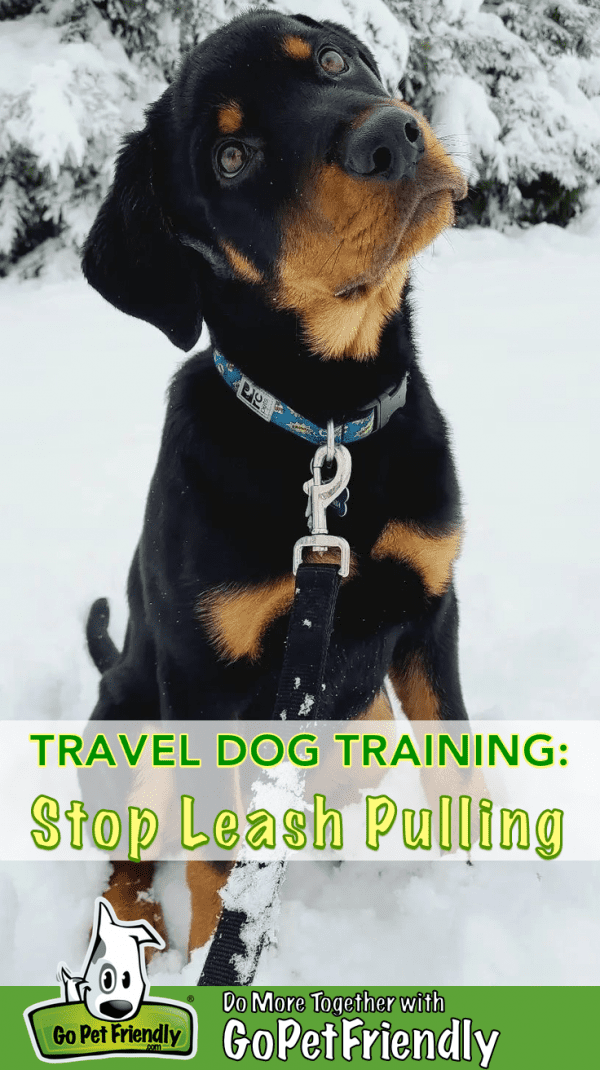
Traveling with a dog can be a lot of fun. But no one likes a travel companion who drags them all over creation. Walking a dog while he’s pulling on the leash is difficult and tiring, not to mention frustrating for both you and your pup!
In this post, we will discuss some tips for teaching your dog to stop pulling on the leash. With a bit of patience and practice, you’ll have a well-behaved pup who’s a pleasure to walk.

Teaching Your Dog To Stop Pulling On The Leash
Step 1 – Take Baby Steps
Often, people don’t set their dogs up for success when teaching them to walk nicely on the leash. They go from never having their pup on a leash at all to walking outside with all sorts of distractions. And they expect the poor dog to pay attention and know what to do!
Loose leash walking requires training, just like any other behavior you want to teach your dog. Starting out in a low-distraction environment will make it a lot easier to teach him how you want him to behave.
The lowest distraction environment available to you is the inside of your home. Regardless if your dog is a little puppy, an independent teenager, or an old dog needing some new tricks, you can teach him to walk nicely by starting inside.
When you begin training your dog to walk nicely on his leash, don’t expect what he’s learning inside to translate outside. You’ll need to build up his skills before he figures out that not pulling on the leash is best in every environment.

Step 2 – Use Gear That Helps, Not Gear That Hurts
GoPetFriendly may earn commission or revenue on some items through the links below.
The best gear to help teach your dog to stop pulling on the leash is a harness that attaches at the chest. When your dog’s leash is attached at his chest it gives you much more control. Add a martingale loop, which tightens around your dog’s body when he pulls, and it’s even better. Now your gear is a teaching assistant – giving your dog a “squeeze” when he’s pulling and releasing the pressure when he’s not.
For years, the GoPetFriendly team has used martingale harnesses from 2 Hounds Design. They’ve helped make traveling with Buster, Ty, and now Myles, more enjoyable.
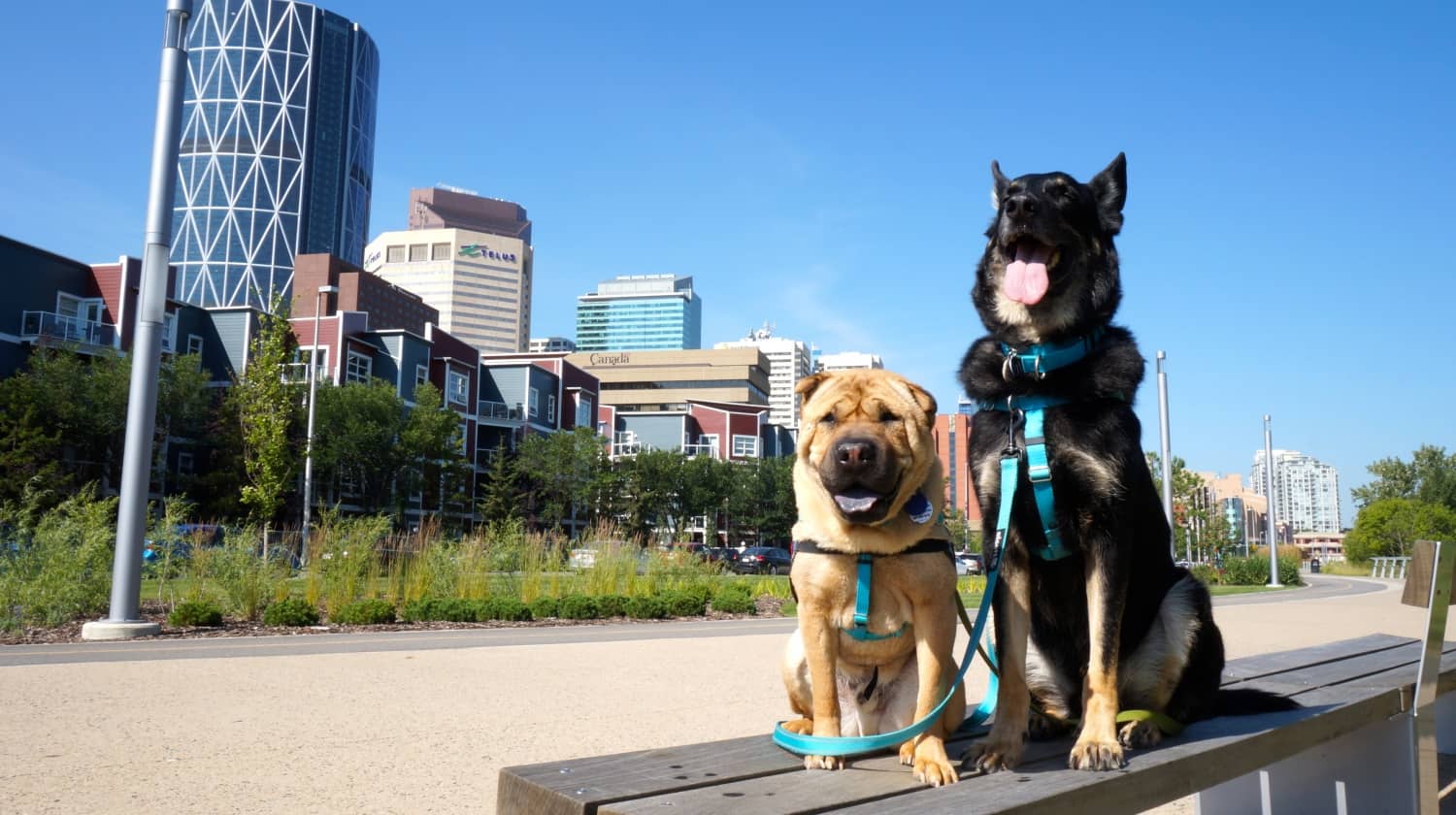
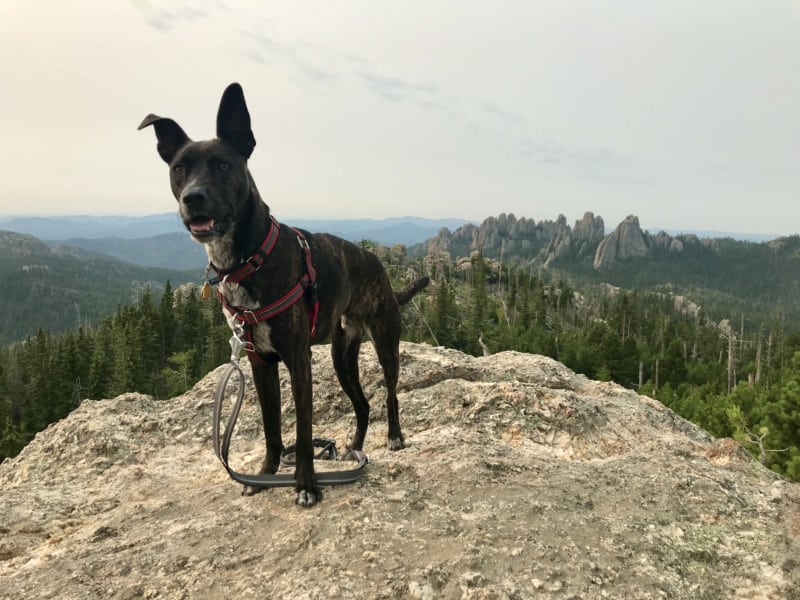
Choose a leash that is 4 to 6 feet in length, and fits comfortably in your hand. Avoid retractable leashes, which extend every time your dog pulls, rewarding him even more for pulling! If you’re starting with a dog that pulls a lot and pulls hard, you might want a leash with a traffic control handle for better control without having to wrap the leash around your hand.
Many people think that slip, choke, prong, and electric collars will make the training process faster. However, these collars rely on pain to stop a dog from pulling. And the pain needs to hurt or shock your dog enough to stop them from pulling. Inflicting that kind of pain on your pet isn’t who you want to be, and can damage the bond you’ve built.
Further, although these types of collars might appear to give quick results, it might not last. Over time, dogs become accustomed to the pressure around their necks and begin pulling again. Then the pain level needs to be increased to get the dog to listen. It’s a path you and your dog are better off avoiding.
Step 3 – Techniques To Teach Loose Leash Walking
There are two main techniques you can try to help teach your dog to stop pulling on the leash.
The first is to hold treats in your closed hand and let your dog smell them as you walk. This helps hold your dog’s attention and keeps him walking beside you instead of pulling ahead. Then, every so often, open your hand and let him eat one of the treats as a reward for walking beside you.
This technique is especially effective if you plan to continue training your dog and want a strict “heel.”
The second technique is to stop walking when your dog pulls and wait for him to stop pulling. Once he notices you’re not walking forward with him and stops or sits, gently turn and start walking in the opposite direction.
At first, you likely won’t walk very far before your dog rushes forward and starts pulling in the opposite direction. But over time, if you do it enough, he’ll get tired of being in the same general area and learn that if they want to continue walking, they need to proceed more calmly.
Both of these techniques can help teach your dog to stop pulling on the leash. I encourage you to try both and see which one works better for you and your dog.
READ MORE ⇒ Training Your Dog To Travel
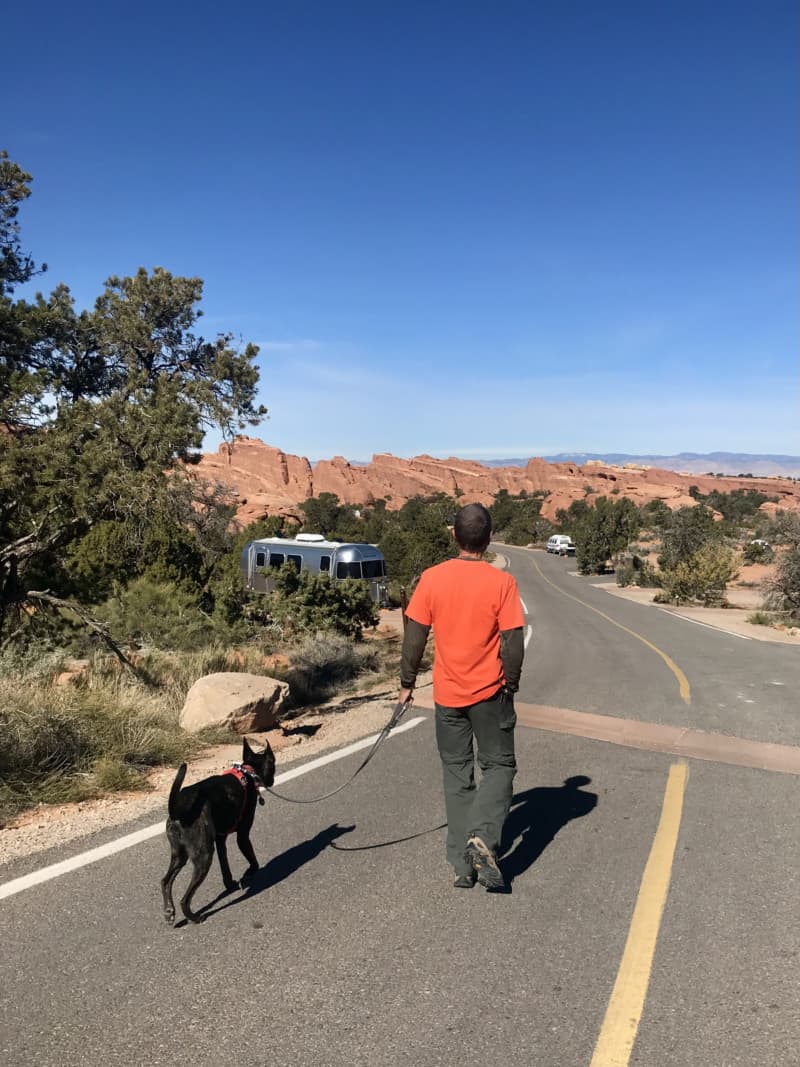
Step 4 – Stick To Positive Reinforcement
Positive reinforcement is key when training a dog not to pull on the leash. This means rewarding your dog for good behavior instead of punishing him for bad behavior.
Punishing a dog for pulling on the leash will only make them scared and could cause them to pull even more.
On the other hand, rewarding a dog when he’s walking calmly by your side will cause him to associate this good behavior with being rewarded.
Appropriate rewards depend on the dog. Treats, petting, playing with a toy, or even just verbal praise can let your pup know you’re pleased with is progress. Whatever you do, make sure it’s something your dog enjoys so that he’ll more likely to want to repeat the behavior.
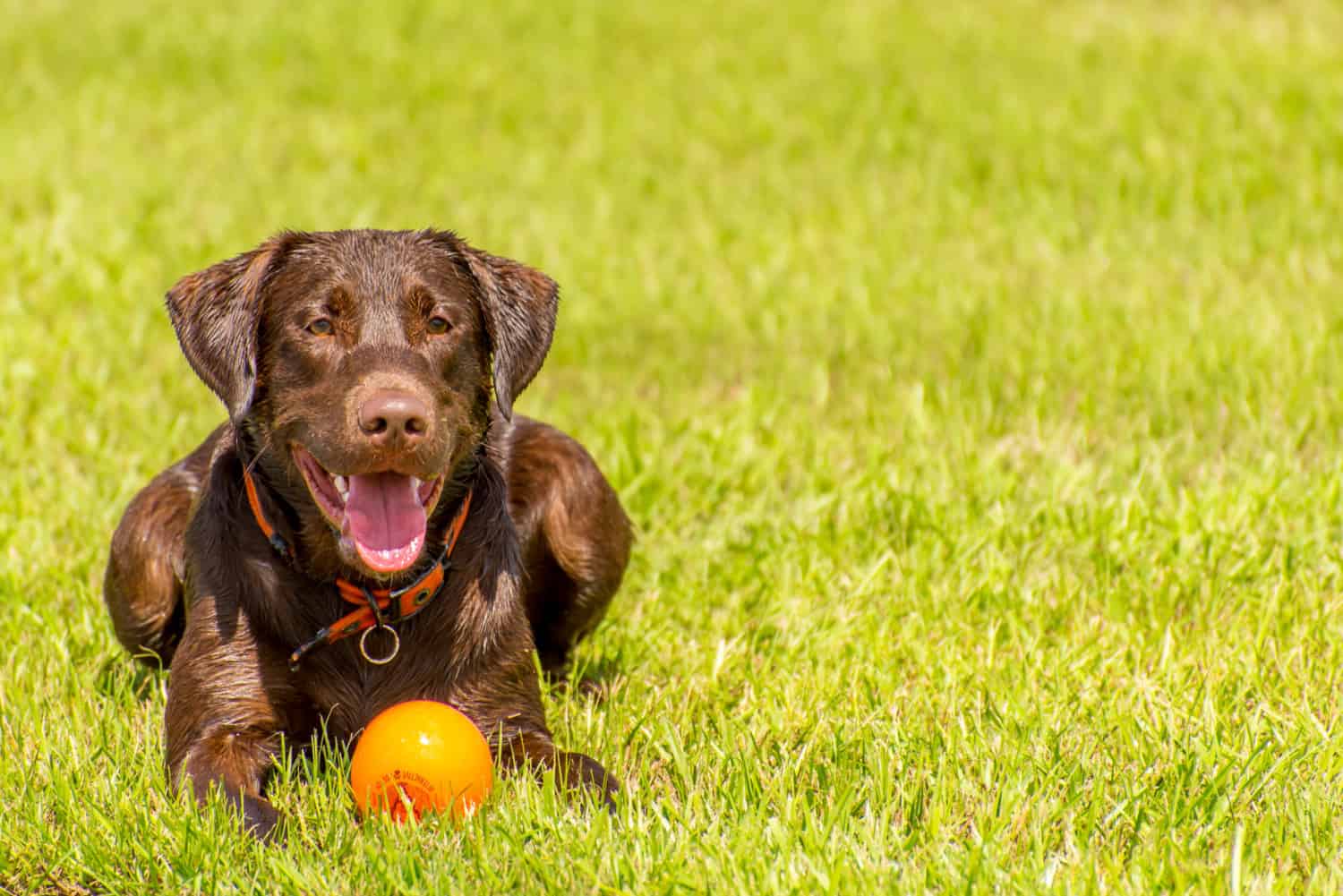
Step 5 – Be Prepared With ‘High Value’ Treats
Many people think that any type of treat will do the trick when it comes to training their dog. But this isn’t always the case! Especially when teaching your dog something as tricky as not pulling on the leash.
When it comes to getting your dog’s attention, you need rewards that are high value to him. This could be his favorite type of food or a special snack he doesn’t usually get.
When competing with outdoor distractions, smellier the treat, the better! Treats that your dog can smell from a distance help him to pay attention to you and not get distracted by everything else around him.
You might have to experiment with a couple of different options to find something your dog really loves. But once you find it, the highest value rewards will be obvious. Some popular high value treats you can test with your dog are cheese, bacon, dehydrated liver or salmon, chicken, hot dogs, or his favorite squeaky toy.
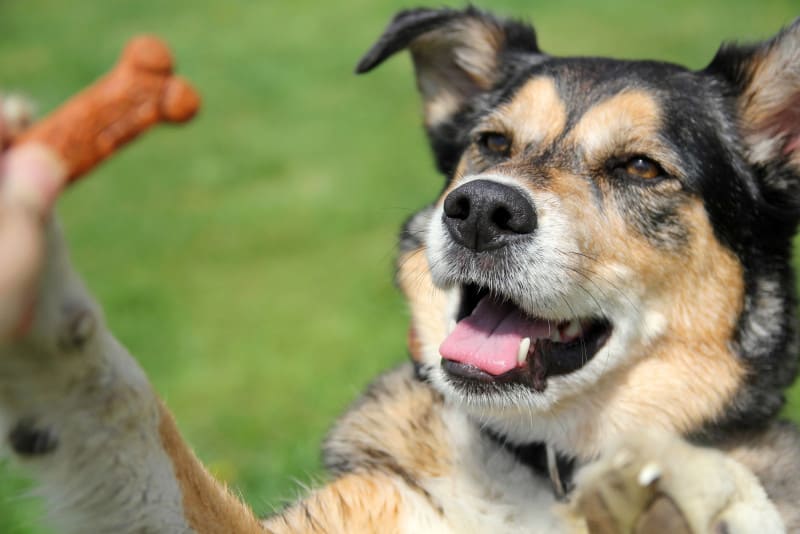
Step 6 – Up The Stakes
Once your dog has gotten the hang of loose leash walking inside your home, you can slowly add distractions. For example, the next step could be going out in your backyard. Here there are limited distractions but still many different sounds and smells to possibly grab their attention. You might find that as you increase the distractions, you also need to increase the value of the treats you’re using.
Next you might want to take your dog to an empty park in the morning or evening. Once these outings have gone well, you can move to the route where you take your dog for the majority of their walks.
Understand that if your dog has been pulling on the leash on his walks, putting him in that environment might cause a small setback in his training. Be patient, keep your walks short, and remember to reward him more frequently at first for good behavior! As your dog’s skills increase you can slowly stretch out the time between rewards.
READ MORE ⇒ Top American Cities for Dog Friendly Urban Hiking

Step 7 – Always Make Time For Fun
While it’s important to train your dog not to pull, you also don’t want to turn your walks into all work and no play. Your dog is more likely to stay focused if he’s enjoying himself. When you notice he’s been walking by your side without pulling for a few minutes, make sure to let him stop and sniff the flowers (and fire hydrants) as a reward.

Final Thoughts
Training a dog not to pull on the leash is possible with time, patience, and a lot of high value treats. Stick to positive reinforcement, and be sure to let your dog have some fun along the way. With these tips in mind, you should be well on your way to more enjoyable adventures together.
About the Author: Alec Littlejohn is a member of the Association of Professional Dog Trainers and a recognized author by the Dog Writers Association Of America.
Amazon Affiliate Disclosure: GoPetFriendly.com LLC is a participant in the Amazon Services LLC Associates Program, an affiliate advertising program designed to provide a means for website owners to earn advertising fees by advertising and linking to amazon.com, audible.com, and any other website that may be affiliated with Amazon Service LLC Associates Program. As an Amazon Associate, the owner of this site earns a commission from qualifying purchases.
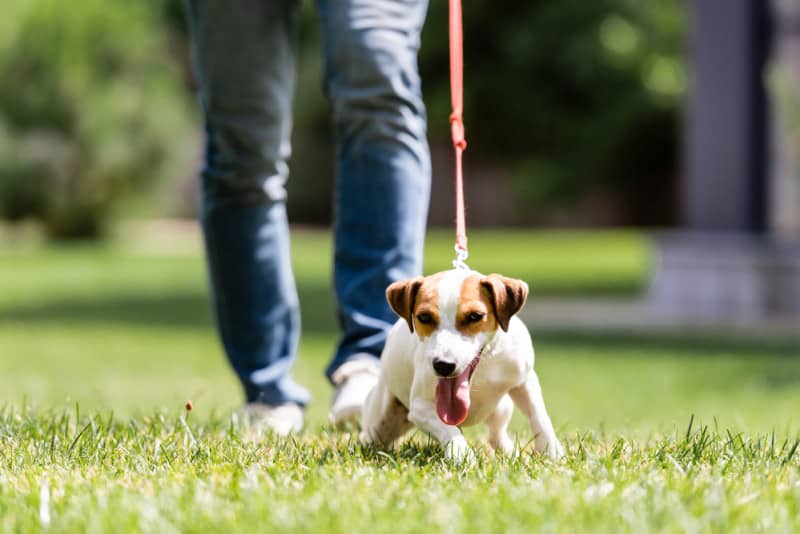
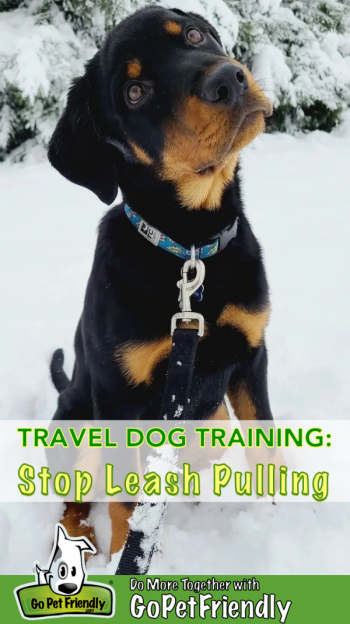
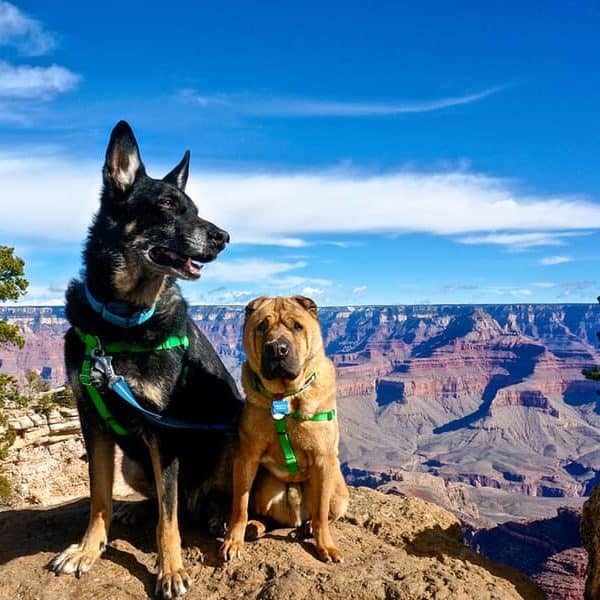
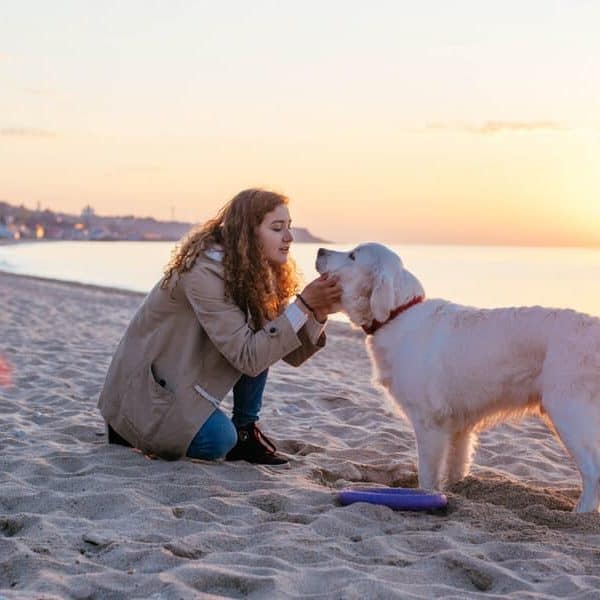

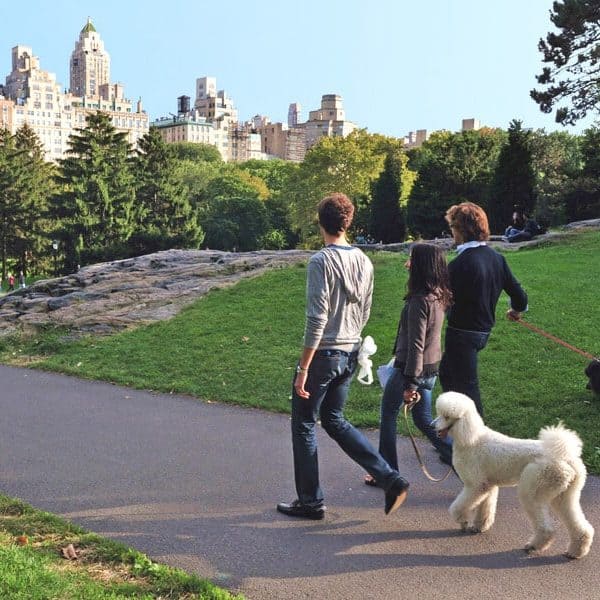
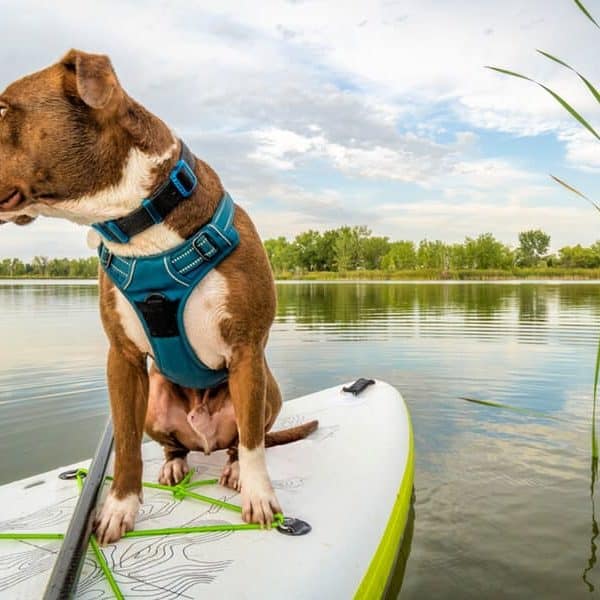
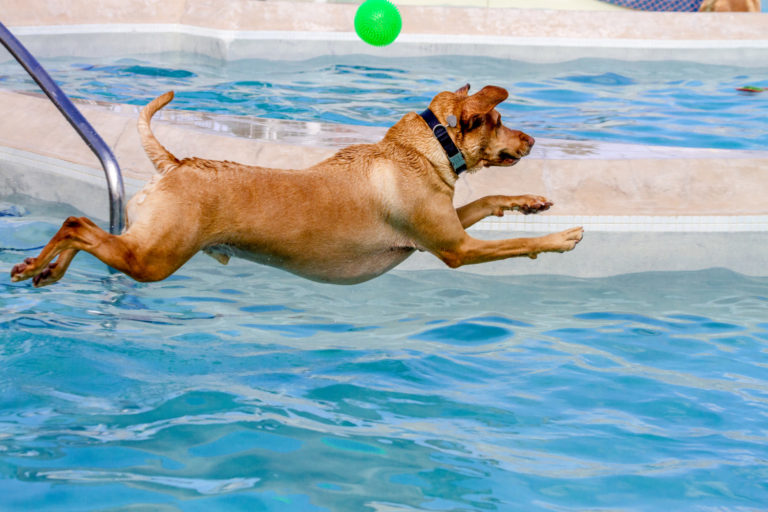
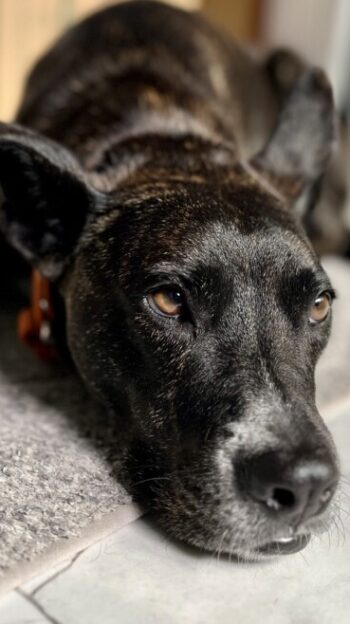
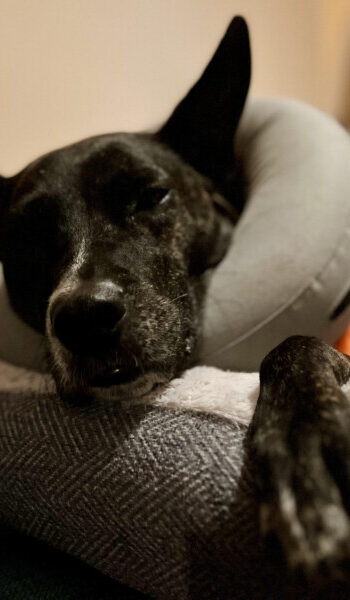
You are so right about giving rewards for the dogs. It worked great when we tried.
This was a very good article, but every dog is different. I have a bulldog which is “Solid” and very strong. She is good when she is walking as long as she is not distracted by strange large sounds, but if she is scared she can not try the “flight” scenario fast enough.
When we first got her she was used to the harness which seemed to work well, but if she became scared she would stop and start pulling away “backwards’. This just did not work because she could almost pullout of her harness which was fitted snuggly.
I found that the “choke” collar worked the best with her. I have never needed to use a heavy hand with the leash. Just the slightest of pressure would get her attention and she would not pull.
Each dog is different so don’t give up! Sometimes I have her where both the dog harness and dog choker for different means of control specifically when I am not sure how she may react in a strange environment.
Thanks for sharing your experience, Ani! I’ve always used a martingale collar with my dogs for exactly the reason you describe. The martingale can be set so that it won’t choke your dog, but will tighten enough to stop them from backing out of the collar if they “put it in reverse.” Safe travels to you.